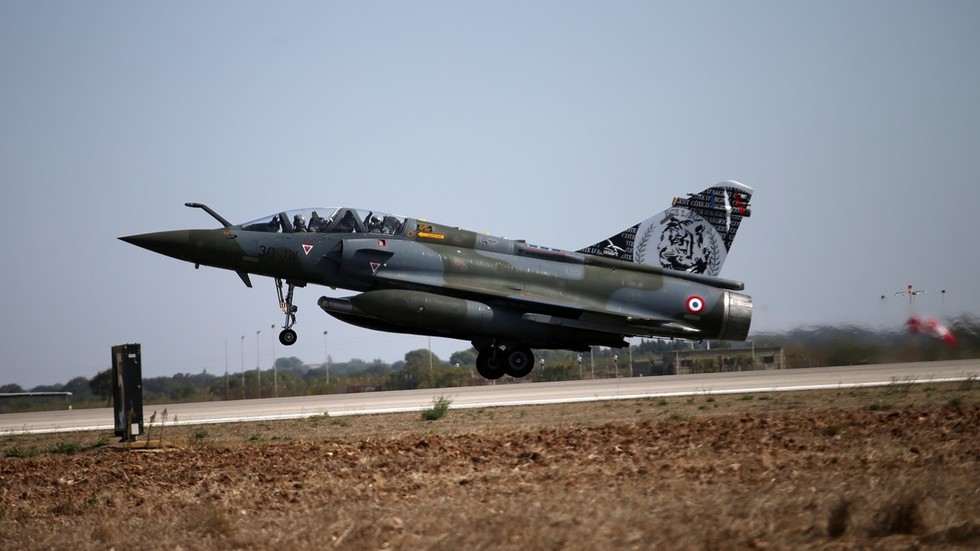In an announcement indicating a significant shift in Ukraine’s military capabilities, French Defense Minister Sebastien Lecornu revealed that Ukraine may start using Mirage 2000 fighter jets from France as early as the first half of 2025. This transfer hinges on the training of Ukrainian pilots and mechanics, currently taking place at an Air Force base in Nancy, France. Lecornu emphasized the importance of this pilot training in a recent interview, explaining that training sessions had begun, with a plan for pilots to be operational by the end of the year. Despite Ukraine’s desperate need for advanced military assets in its ongoing conflict, the timeline for receiving the jets is tightly correlated with the training duration and readiness of the Ukrainian forces.
The provision of the Mirage 2000s, particularly the updated Mirage 2000-5 version, comes at a time when France is looking to bolster Ukraine’s air capabilities. Reports indicate that around a dozen of these aircraft may be sent to Ukraine to enhance its operational effectiveness against Russian forces. Lecornu noted that the intention behind this acquisition would be to enable the aircraft to execute air-to-ground combat missions and to upgrade their electronic warfare systems. The Mirage 2000’s compatibility with the British-French Storm Shadow/SCALP cruise missiles already supplied to Ukraine further underscores the strategic utility of these jets for Ukrainian military operations.
The backdrop of this decision is a broader context of military aid from various Western nations, including the provision of US-made F-16 fighter jets, which Ukraine has already received, albeit not without operational challenges, as one aircraft has reportedly been lost in the conflict. Ukrainian forces have expressed a keen interest in utilizing long-range missile systems against strategic targets within Russia, a notion that has drawn sharp warnings from Moscow. The Russian government perceives any such actions by Ukraine, particularly those using advanced Western weaponry, as indicative of NATO’s involvement in the conflict.
French President Emmanuel Macron’s administration is actively engaged in supporting Ukraine and has made clear that the provision of military assets is part of a broader strategy to strengthen the Ukrainian defense capabilities against Russian aggression. Macron has encouraged other members of the Western military alliance to maintain a flexible approach to their support of Ukraine, including military personnel deployments. However, such proposals have met with resistance from various leaders concerned about escalating military commitments or direct confrontation with Russia.
The complexities of this military support initiative are intensified by Moscow’s characterization of the conflict, which it labels as a proxy war orchestrated by the United States and its allies. In this view, Ukraine’s military efforts are framed as a way for Western nations to engage in hostilities against Russia while using Ukrainian troops as a front line. Moscow’s narrative sets a tense backdrop for any military assistance provided by Western countries to Ukraine, complicating diplomatic relations and raising the stakes for all involved parties.
As preparations for the transfer of Mirage 2000s progress, Ukraine is poised to receive essential military capabilities that could enhance its operational effectiveness against Russian forces. With the training of pilots being a critical bottleneck, France’s role in providing both aircraft and comprehensive training signals a longer-term commitment to supporting Ukraine in its fight for sovereignty. The coming months will be pivotal as pledged equipment and training come together, potentially reshaping the dynamics of the ongoing conflict as Ukraine navigates the complexities of international military support in this high-stakes geopolitical environment.

